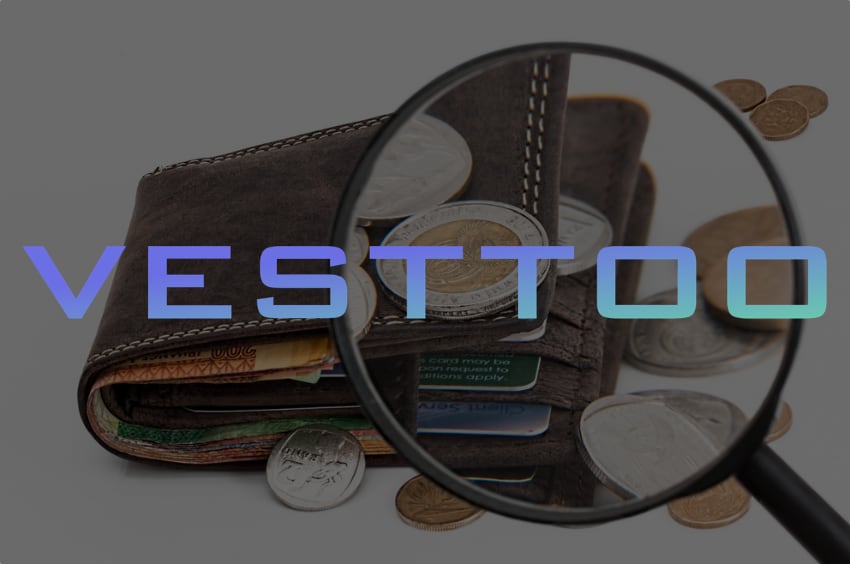Vesttoo: Multiple LOCs from one bank in focus. Failure of security controls or KYC?

According to Artemis’ sources, the audit at under fire insurtech Vesttoo continues, but the effort to uncover what exactly has happened, in relation to claims of forged or fraudulent letters of credit (LOCs), is said to have found that multiple LOCs are involved and all were issued by the same bank.
As we’ve been reporting, the insurance and reinsurance industry faces a potential crisis of confidence over some forms of collateral, as the fall-out from the Vesttoo fraudulent, or forged, letter of credit (LOC) claims spread.
While one incident, with a cedent trying to cash in a letter of credit, has kicked off this investigation, we can now report that the ongoing audit is said to have found that multiple letters of credit (LOCs) are involved, all of which have been issued by the same bank.
This suggests a more widespread issue, a more substantial fraud, with more dollars or premiums, and importantly transactions, affected.
Which also suggests the ramifications and fall-out will have a wider reach into the insurance and reinsurance industry, through fronting specialists and risk transformers, as well as the broking groups looking after the clients and arranging these deals, with likely more than one cedent being involved.
The source of the fraud remains unknown, we’re told, but it’s clear that this issue is showing up a failure in the processes to validate and ensure the integrity, or security, of collateral. Perhaps also in the KYC process itself, if it turns out an investor knew about, or was involved in, any fraudulent LOC issues.
Sources suggest that the bank that has been named throughout this developing story, the China Construction Bank, is said to be the one behind all of the LOCs that are thought to be fraudulent, or forged.
We’re told the issue may in fact be related to every LOC this bank has issued for transactions facilitated by Vesttoo.
At this stage, while information is still scarce and details murky, it increasingly seems like a concerted and focused fraud effort.
But, there are still questions over who was directly involved, who knew and where the ultimate responsibility for any proven fraud lies, as well as where any criminal investigation may focus.
Then there is the other side of this, the question of who should have known, identified collateral issues and ensured the collateral was of a sufficient quality or value, and that the collateral had the necessary integrity to back a reinsurance arrangement.
Collateral control and security, where letters of credit (LOCs) are concerned, has been an issue in some financial markets and asset classes in the past.
The LOC is widely used in the insurance and reinsurance market.
But, less so in insurance-linked securities (ILS), where cash collateralization is the main mechanism, with collateral then invested in liquid, secure assets such as US treasuries. This remains the dominant form and process for collateralizing instruments such as catastrophe bonds and most private ILS arrangements.
Letters of credit (LOCs) are also a Tier 2 form of capital at Lloyd’s, for example, so are quite widely used in that marketplace for placing funds. They are also used by some reinsurers and other insurers in their business processes.
LOC’s are also a common instrument used in China, largely in international trade finance, we understand.
While LOC fraud has been reported in the past, in other markets and asset classes, we’ve not heard of any specific examples in re/insurance.
It seems likely the focus of the audit at Vesttoo, which we’re told Kroll is undertaking, will be on identifying how these fraudulent or forged (we still don’t know exactly what this means here) LOC’s came to be used in transactions, and seeking to identify the source of them, as well as which parties in the chain of transaction and security might have been party to any fraud that has occurred, known about it, or been involved in planning and perpetrating it.
Beyond that, there are other questions that will need to be asked about who should have spotted a fraudulent episode such as this. As, if it does indeed involve multiple LOCs all from one bank, as we’re told by sources, then it seems fair to suggest that someone might have spotted this during checks on collateral quality and integrity.
If there is any investor involvement, then the entire KYC process could come under some scrutiny as well, it seems.
Of course, where fraud is concerned, bad actors will find their way around checks and balances. Meaning the learnings from this episode, no matter where the issues lie, must result in a refresh of processes used, to try and close any loopholes or points of weakness that are uncovered.
There is a question over motive also remaining. It is hard to believe a bank would have a motive to issue fake letters of credit, or an employee there, unless they are being motivated by someone from one side or other of the chain of security that extends outwards from its roll in the transaction process.
Criminal charges and/or regulatory involvement seem almost assured before this episode runs its course, if the allegations and information that are emerging are proven even partially true.
Also read:
July 20th – MS Transverse: Any exposure to Vesttoo LOC collateral issues “immaterial”.
July 20th – Vesttoo: Collateral damage.
July 19th – Vesttoo: New report claims significant amount of forged LOCs. The question is how?
July 18th – Vesttoo faces fraudulent collateral claim. Confirms investigation, exit of some leaders.






